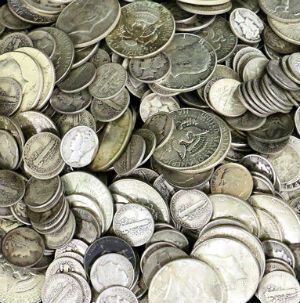South Africa Economy on Verge of Collapse, Brink of Civil War Resulting from Ongoing Blackouts
The US Embassy has issued an advisory for Americans living in South Africa to “maintain 72 hours’ worth of supplies at home by stockpiling non-perishable food, three litres of drinking water per person per day, and medicines and first aid supplies”. Advising people to be prepared for SHTF worst case scenarios.
